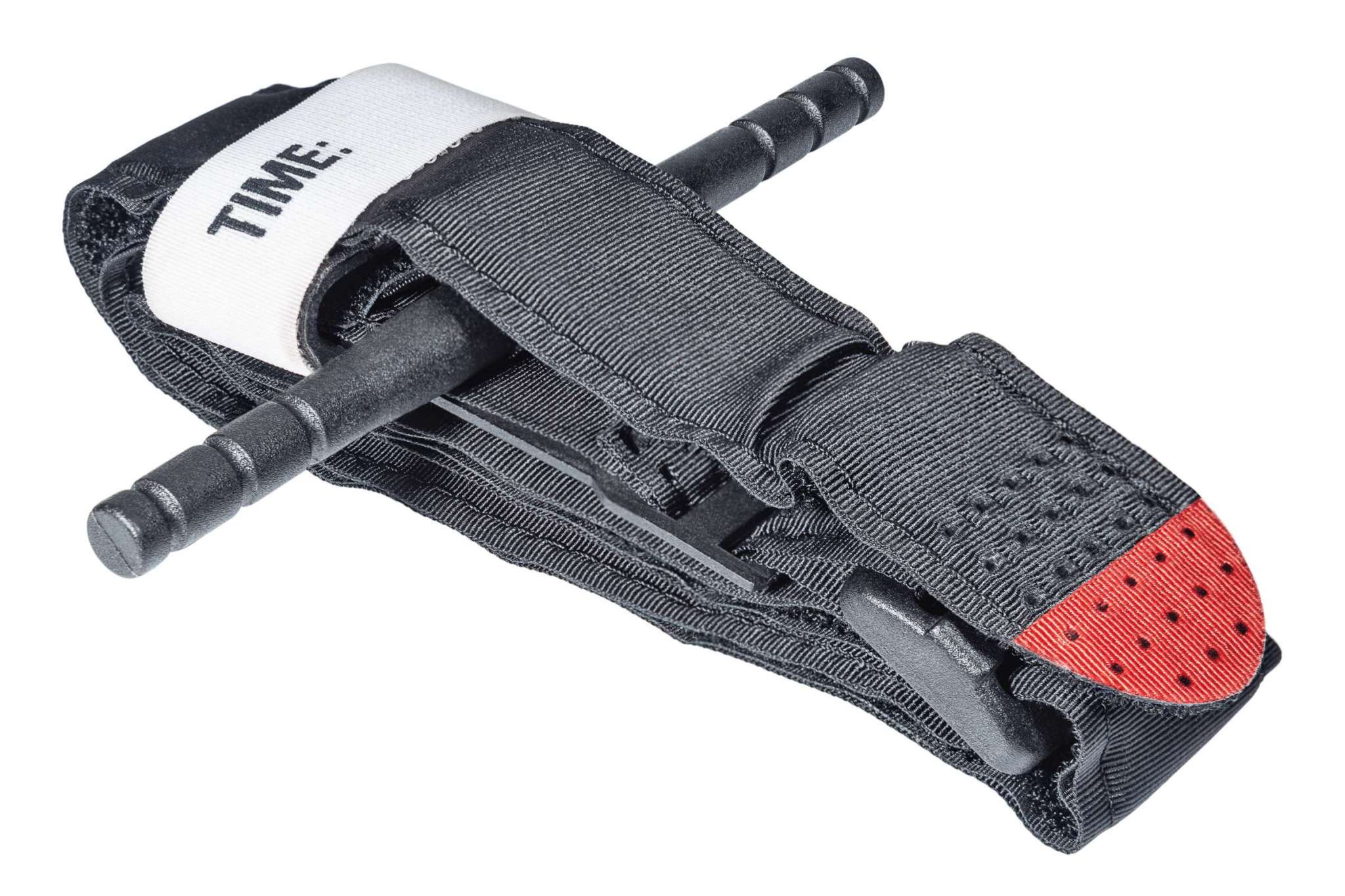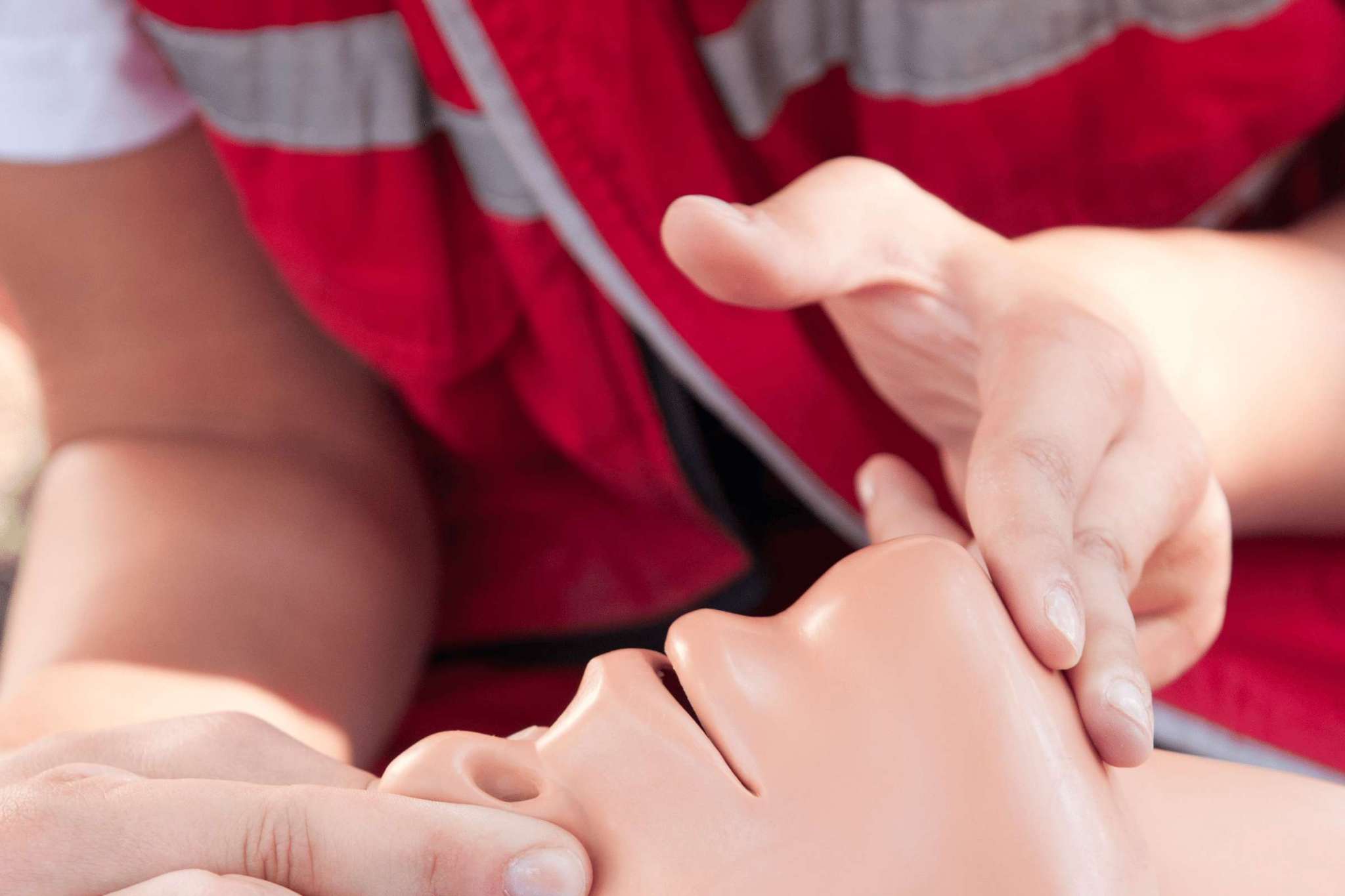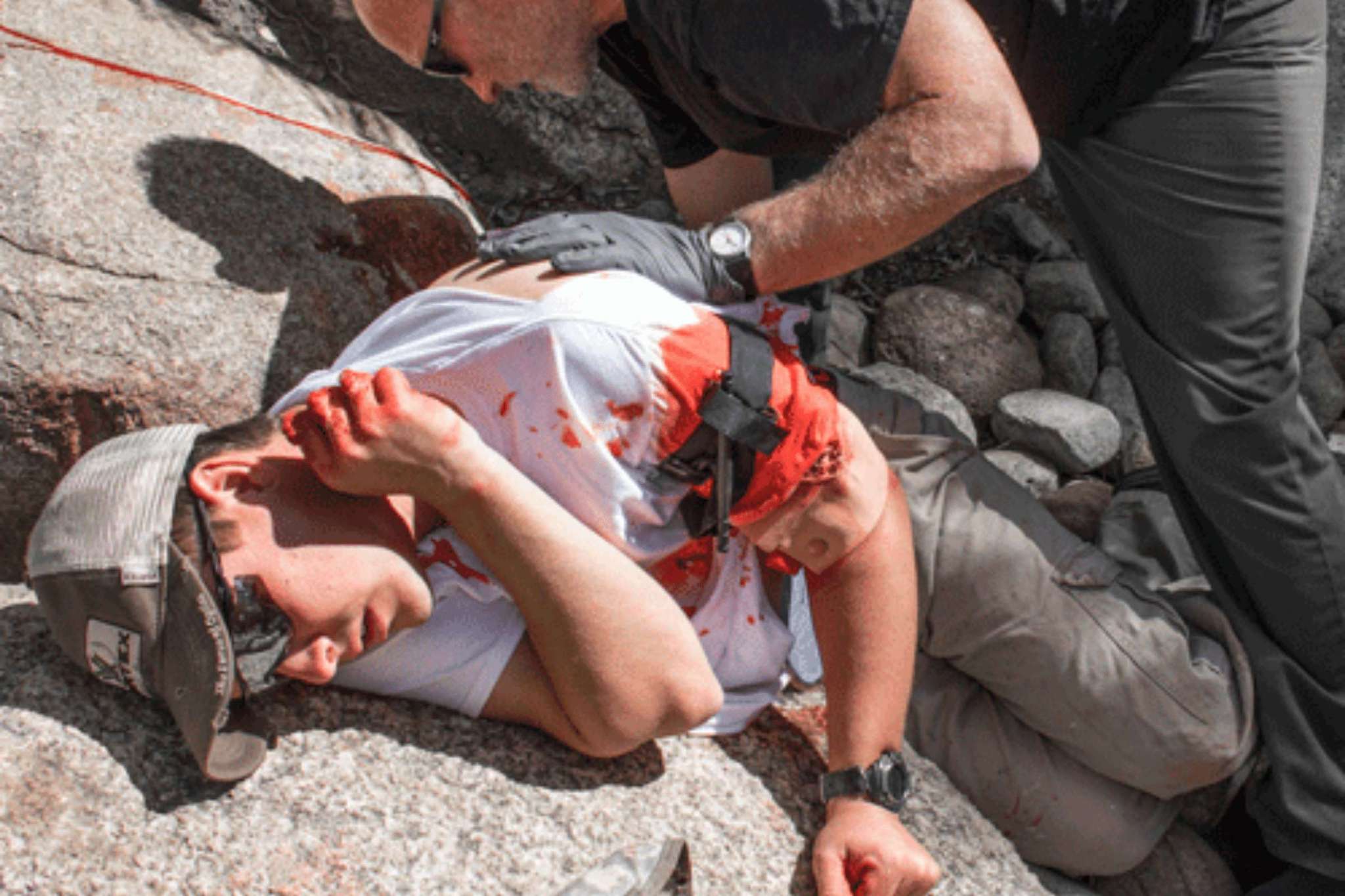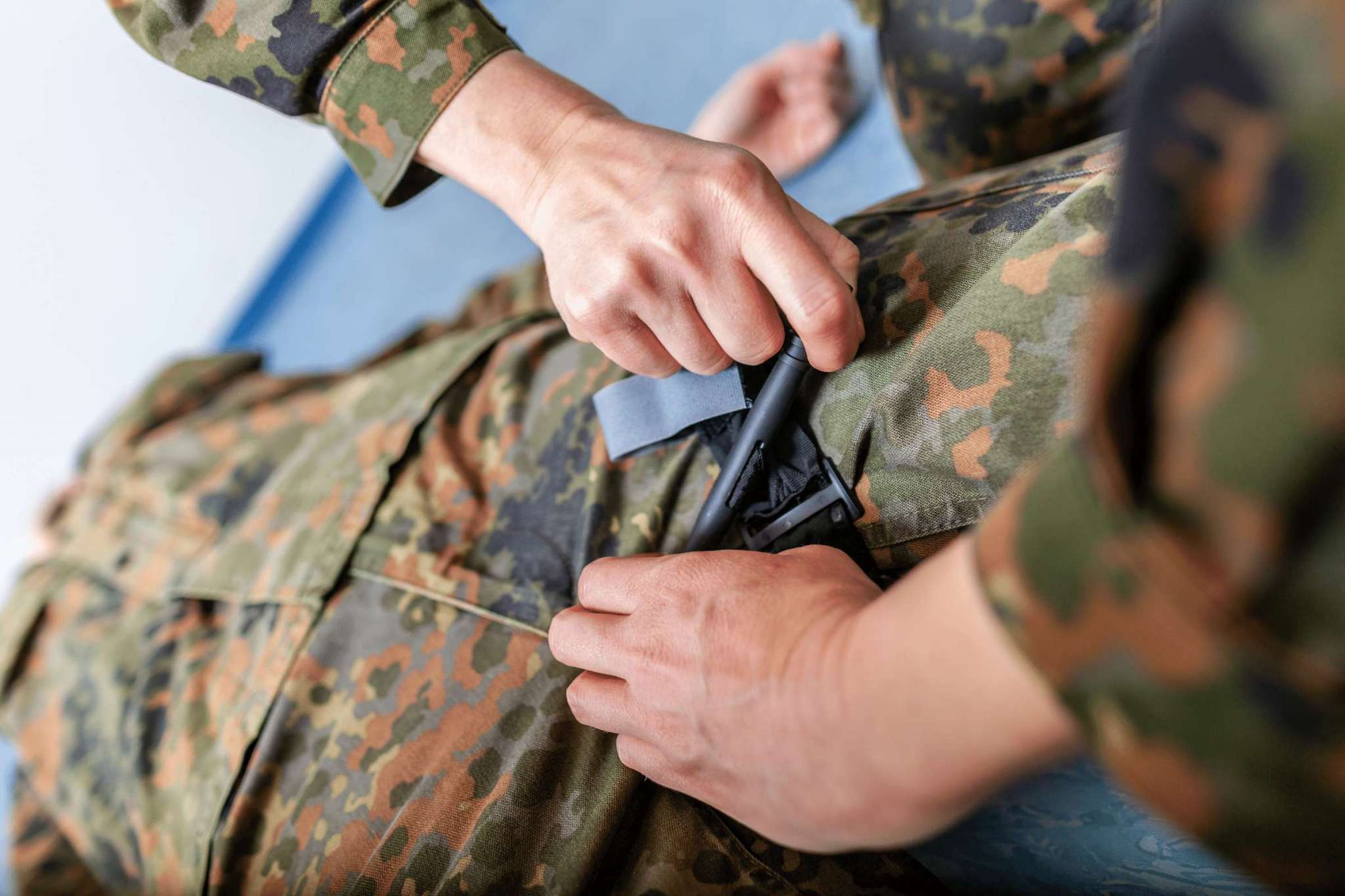Due to recent events and ongoing mass shootings and the potential for terror attacks we are learning as Americans how quickly a human being can bleed to death and just how vitally important it is to be able to stop a massive bleed.
With all of the information out there and products available commercially it can be a bit confusing weighing out the good from the bad. So I thought I would take this opportunity to help clarify a few things about the use of tourniquets and discuss the pros and cons of my top three choices for stopping arterial bleeding.
Understand the use of a tourniquet can and should only be used to control major arterial bleeding on an extremity. The general consensus for lay responders is to place the tourniquet as “high and tight” on the wounded limb as possible.
FACTS & MYTHS
Tourniquets can be painful and because of such casualties must be monitored often to be certain they do not loosen the life saving device.
There is a widespread fear and myth that a casualty with prolonged tourniquet application will have to have the limb amputated. Not true.
In fact, this could not be farther from the truth, but to save space and time I won’t dive into the specifics here.Tourniquets will save your life, and that is all you should worry yourself with.
Tourniquets are approved for the military through a rigorous and demanding solicitation process. This means that all approved tourniquets for use overseas are backed with science. The Board for Tactical Combat Casualty Care establishes best practices regarding the accepted standards for care in combat.
The two approved tourniquets by the Board are the North American Rescue Combat Application Tourniquet (CAT) and the Tactical Medical Solutions Special Operations Forces Tourniquet Wide (SOF-TW). It is important to note that fake replicas of tourniquets flood the market and therefore buyers should only purchase them from legitimate sources.
THE CAT
The CAT tourniquet is the number one choice recommended by the BoTCCC.
Studies suggest that it requires less pressure to maintain total occlusion of the artery, and has less potential as a result to cause lasting nerve damage. It is a light weight, male/female impregnated Velcro band that once wrapped around the limb and tightened to itself is twisted by a plastic handle called a windlass
. The two top drawbacks to the CAT is the Velcro can have a potential to slip in a wet environment and the windlass being made of plastic can be broken given enough UV exposure, or force.
THE SOF-TW
The SOF-TW is the number two choice recommended by the BoTCCC.
Its important to note the SOF-TW has a little brother called the SOF-T. It is narrower in size and could therefore cause additional nerve damage on extended application.
That is why most conventional forces using a SOF-T variant roll with the Wide model. I really like the SOF-T for its ease of use and application as well as the fact that the windlass is made of aircraft grade aluminum, it will be a cold day in hell before it breaks. Pair this with the fact the band does not relay on Velcro for adherence makes it the number one choice for anyone who works in a wet environment.
THE NATO
The BoTCCC may not endorse the next tourniquet, but I have used it and packed it in medical kits for a very long time and I strongly endorse it.
The NATO Tourniquet is a simple, light-weight design that can be used on the fattest of people to the smallest of children, or dogs. It is constructed of a 2 inch nylon band sewn to a locking ring and metal windlass. A floating ring secures it in place once it is twisted to the limb.
With practice these tourniquets can be the quickest and most effective to apply.
IMPROVISED TQ
My favorite improvised TQ is to cut 1 inch of either side of the inseam on a pair of jeans and manufacture an old Spanish windlass.
FINAL THOUGHTS
Like my favorite gun, my favorite tourniquet is largely based on what I have in my hands at the time I need either.
Remember that you can improvise tourniquets out of lots of materials, but be sure it’s a legit method. I have lost a Marine to the Hollywood myth of using a belt as a tourniquet!
Regardless of which tourniquet you carry, be sure to carry it! Your tourniquet does no good for anyone if you are a quarter mile away from it. If you apply a tourniquet make sure to watch the bleed site to ensure it has stopped and do not ever take it off! That job is solely up to the medical responders who relieve you.
I hope you have enjoyed this little article and if you have then please share it around.
Knowledge is power!
If you would like more information about the training programs I offer through XSA International feel free to reach out and I will happily answer any question.
Stay safe,
Doc Stoehner




